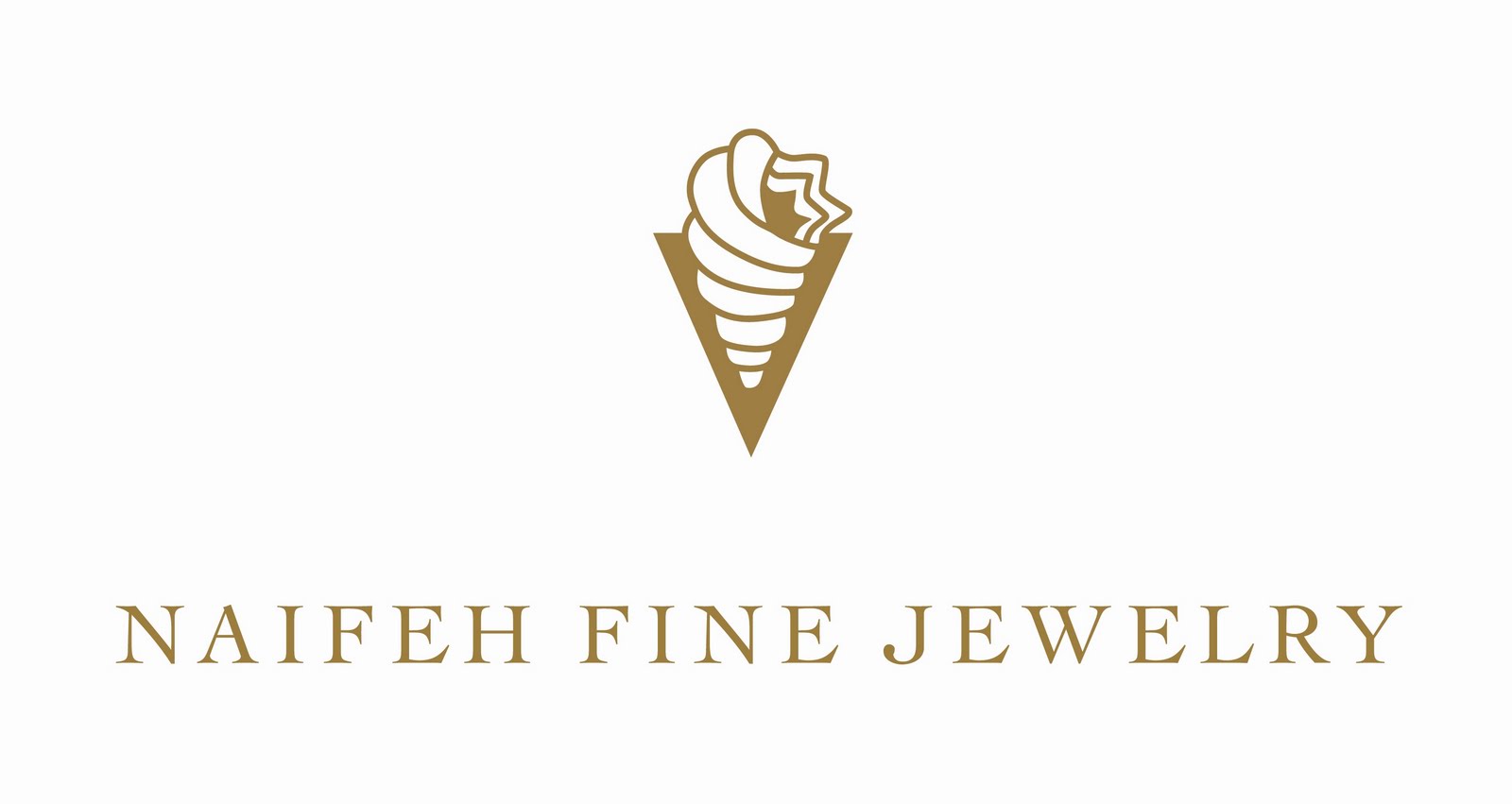Appraisal Uses: When
and Why
Just as you wear jewelry for different occasions such as
formal, daytime, and “After Five”, jewelry appraisals are needed for different
purposes and, as a result, come in a variety of types. The following are a few
of the more common appraisals.
Insurance Replacement
is the most common appraisal and may be defined as follows:
The purpose of this appraisal is to estimate the current
retail value of the listed jewelry.
The function of this appraisal is to
establish a basis for insurance policy valuation.
The term “Current Replacement Value” should be defined as
follows:
“The price in terms of money that would be required to
replace the property in question with
another of similar age, quality, origin,
appearance, condition and provenance, within a
reasonable length of time in an
appropriate market.”
Estate (Fair Market Value)
Jewelry left to heirs in probate is valued at Fair Market
Value (FMV) which is used by the IRS for estate tax liability and donation
purposes. The IRS defines FMV in part as:
“The fair market value is the price at
which the property would change hands between a willing buyer and a willing
seller, neither being under any compulsion to buy or sell, and both having reasonable
knowledge of relevant facts.
Consignment/Resale
When someone wants to dispose of his or her jewelry or
estate, the best outcome may result if they put their items up for sale on a
consignment basis because of the typically higher prices received. If the property must be sold quickly,
consignment is not practical.
If you are trying to sell a valuable item, you may want a resale appraisal that details the description, precise measurements and grades of stones, and a determination of the resale value within the appropriate market.
Comparison Appraisal
Jewelry is often appraised for comparison purposes when a
client brings in an item to verify the identity and/or quality claimed by a
third party or to determine the fairness or viability of the asking price. They
may be curious of the following:
·
Did I get a good deal?
·
Is it worth what I paid?
·
Is it worth more than I paid?
·
Is it the quality I was told?
Who should do your
appraisals?
Like many professions, appraising requires years of
experience, ongoing research, proper equipment and continuing education. Not
all appraisers are good for every assignment, but have areas of expertise
depending upon the type of jewelry and the markets where the item in question
is most commonly sold.
Appraisers are not licensed, but they have plenty of rules
to follow from professional appraisal associations and organizations. Their
ability to comply with those rules depends on a lifelong dedication to knowing
as much as they can about gems, jewels, metals, manufacturing, treatments,
fraud, the marketplace, the history of art and the fickle finger of fashion.
At the bare minimum, an appraiser should be credentialed and
verified as a GIA Graduate Gemologist and be in current good standing by a
recognized professional appraisal association or organization. What is also necessary is that they have been
trained not only from years of experience, but in appraisal methodology and
gemology.
At Naifeh Fine Jewelry, we have two Certified Gemologist
Appraisers (CGA), credentialed by the American Gem Society (AGS). The CGA title
is the jewelry industry’s highest award, and the AGS is the only organization
that requires yearly re-exams to its titleholders. This certification and
continuing education ensures our customers that when they trust us with an
appraisal, they are indeed receiving it from those who have earned the highest
accreditations.
Randy
Stricklin, GG, CGA
GIA Graduate
Gemologist
AGS
Certified Gemologist Appraiser
Naifeh Fine
Jewelry

No comments:
Post a Comment